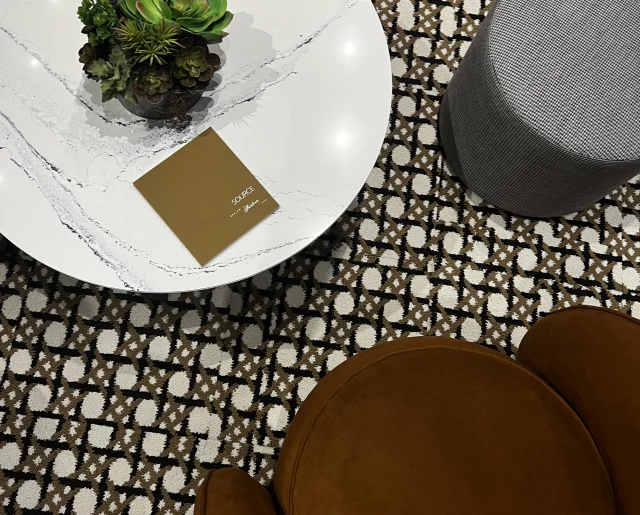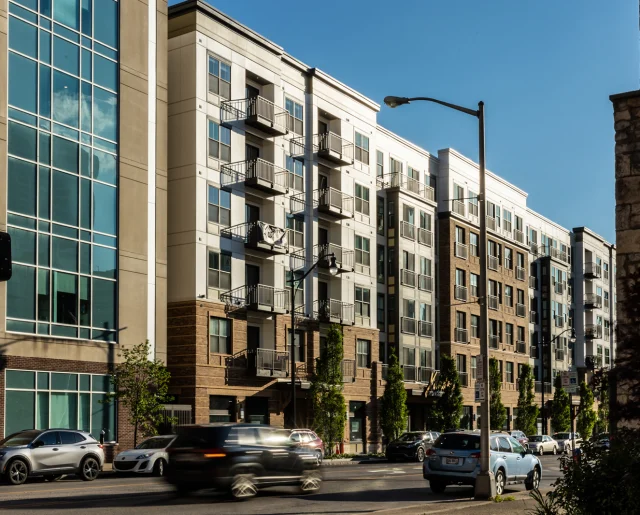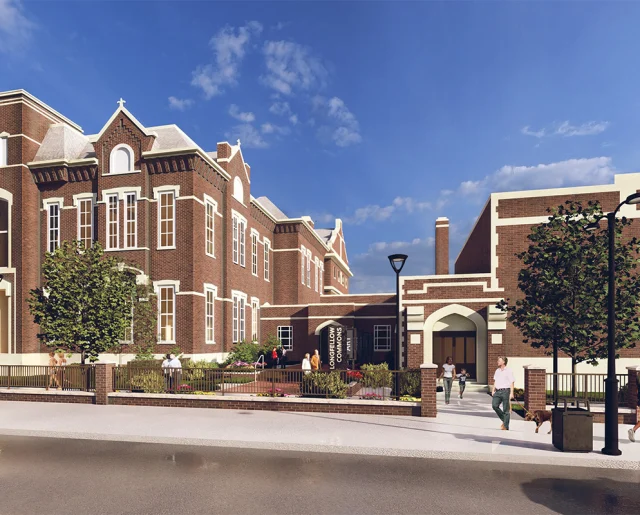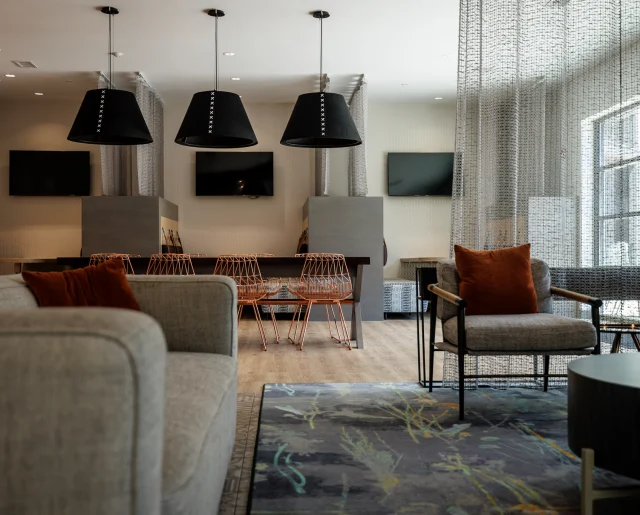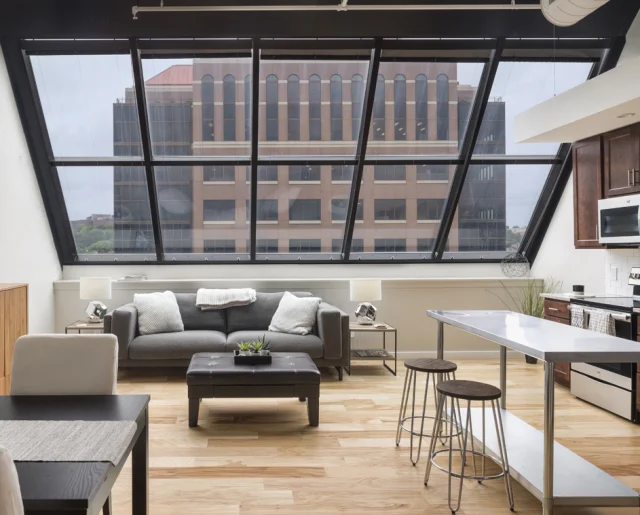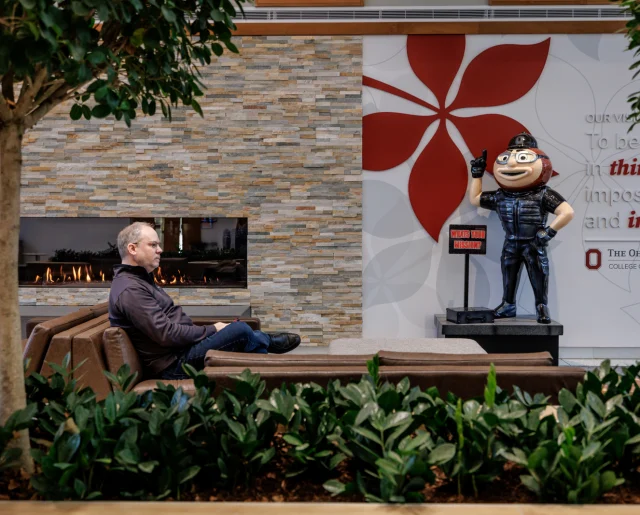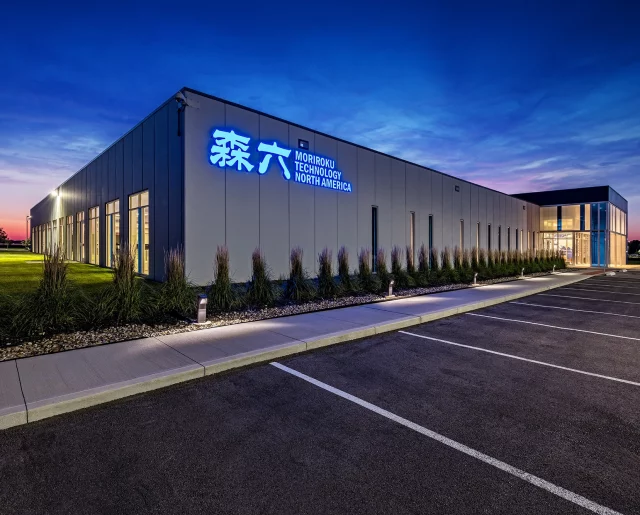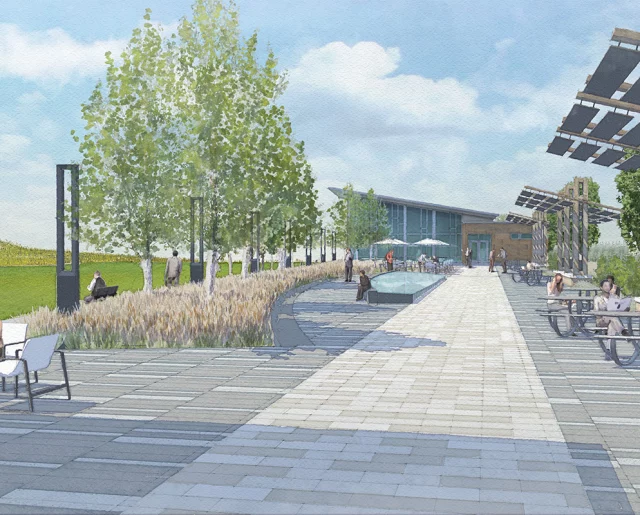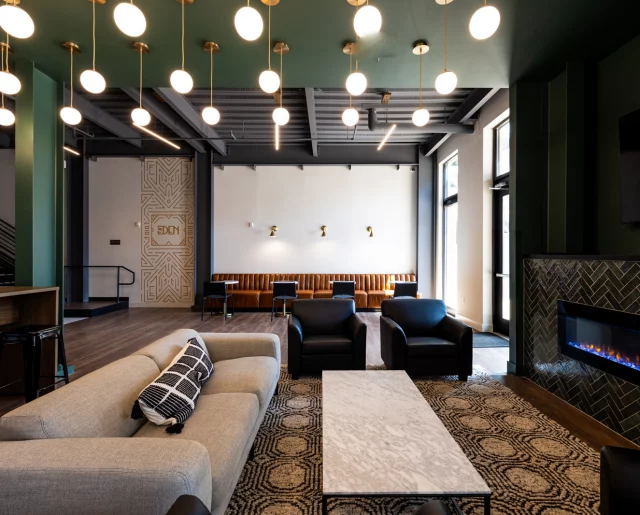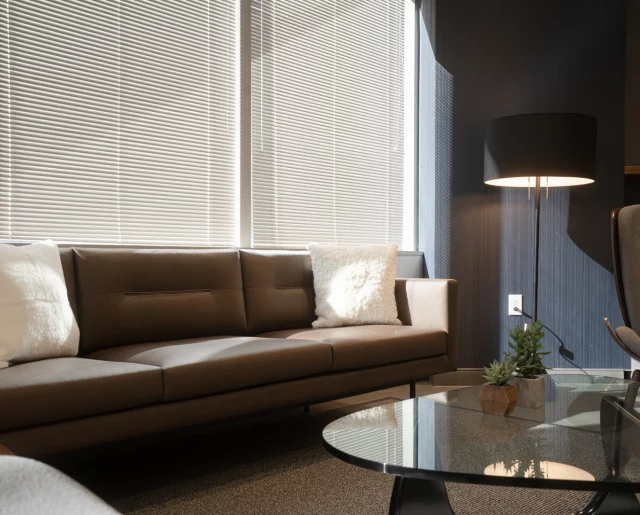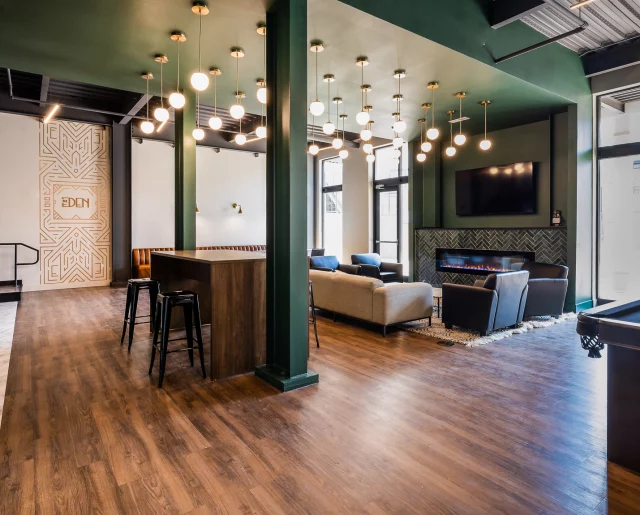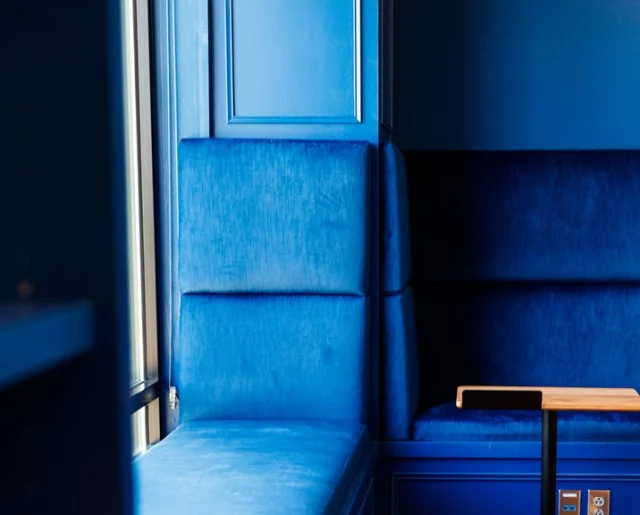4 Interior Design Trends “4” the Future
Wide Open Spaces
Living spaces have become the hybridic, flexible pivot point of our lives. As this trend continues, it is important to allow for these spaces to accomplish a multitude of tasks.
Flexibility is key in allowing spaces to accomplish many things. Solutions that are moveable will allow for space optimization. Defining spaces through screens, hanging plants, or other solutions offers a core need, privacy. Modular components like stacked cubbies, benches, and build-up bookcases provide storage, as well as defined spaces. Things like modular kits, a desk on one side, and a tv area on the other, are becoming popular ways to incorporate defined agile zones.
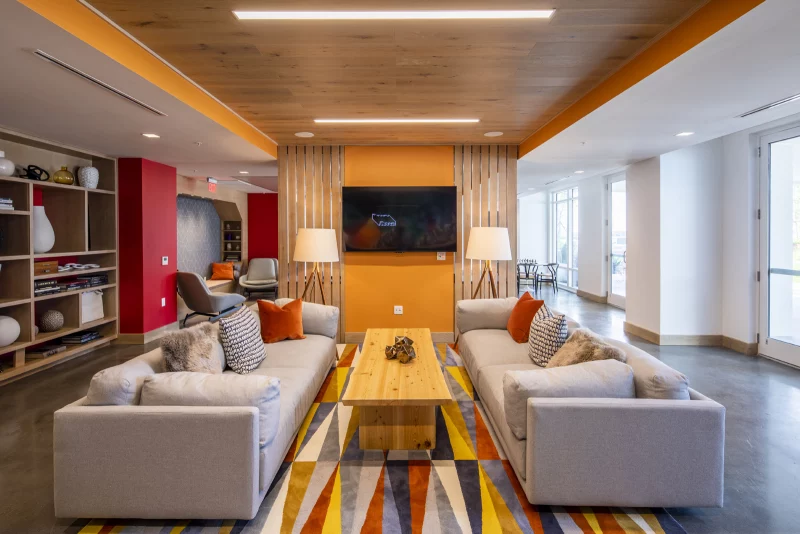
Flexibility will drive privacy and comfort – two sentiments that reign at the priority of precedence in 2021 – and agility with furniture that serves multi-purposes deepens the versatility of a space, instantly increasing value in function and appreciation.
One way to break up space and provide flexibility is a space divider. These help move away from sterile designs, and they provide a refreshed, modernized way of blending into the general aesthetic. For example, a space divider may be needed in residences where roommates need more privacy, or in homes where families spend more time together. Overall, a space divider creates a flexible division that can be later adjusted for cohesive connection.
The Tactile Revolution
Nostalgia is bringing on a new wave of vintage, and so are sensory experiences.
Sensory spaces can be created through:
– Soft, comforting, and cozy materials that provide texture for the hand and the eye.
– Warm paint tones, and handcrafted textures in order to provide tactile feedback for our senses.
– Macramé hangings and draped blankets, as they provide visual softness.
– Poufs, body pillows, and felted wall panels can make spaces a sanctuary and place of respite.
– Vintage or kitsch items by bringing nostalgia and a sense of personality.
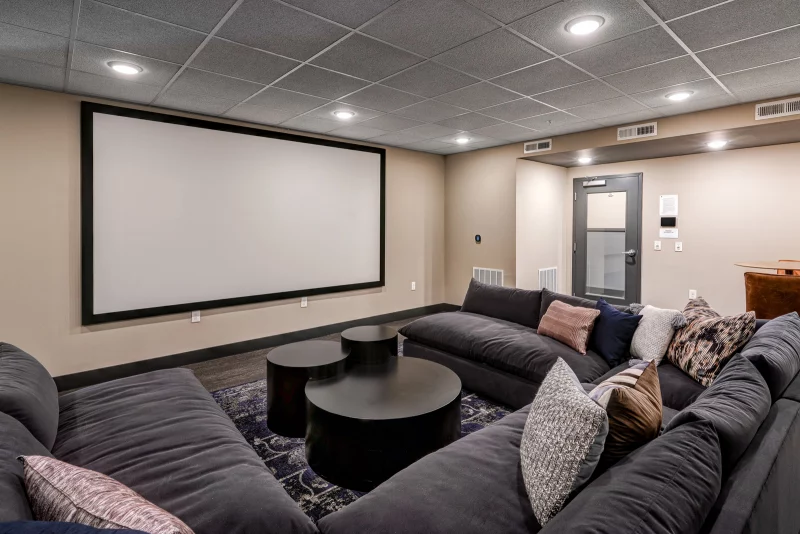
Most success in connecting people to a built environment is sensory-based. This can be accomplished by relying on tactile feedback to create sensory integration.
Thinking Inside the Box
With a renewed recognition of how humans crave to be outside, living spaces will also move outdoors. In other words, we are bringing the outside in. As seen at CES, technologies are allowing nature to come indoors through purified air technologies and lighting aligned with an individual’s circadian rhythm.
Designers, more than ever, are curating outdoor spaces as an extension of living rooms. Moreover, designers are creating outdoor spaces that have comfortable furniture set-ups, that mimic your living room.
In order to accomplish blending outdoor and indoor living, look for blended furniture that can be used in both settings, trellises for garden walls, and tech-enabling devices for indoor nature-based effects.
Limited Options for Sustainable Furniture Choices
Think regenerative and responsible in relation to the future of design.
With a recognition of our carbon footprint, more and more people are turning to regenerative and sustainable materials and services. This said, new services offer rentable furniture in order to offer items that can be swapped out if and when your style changes.
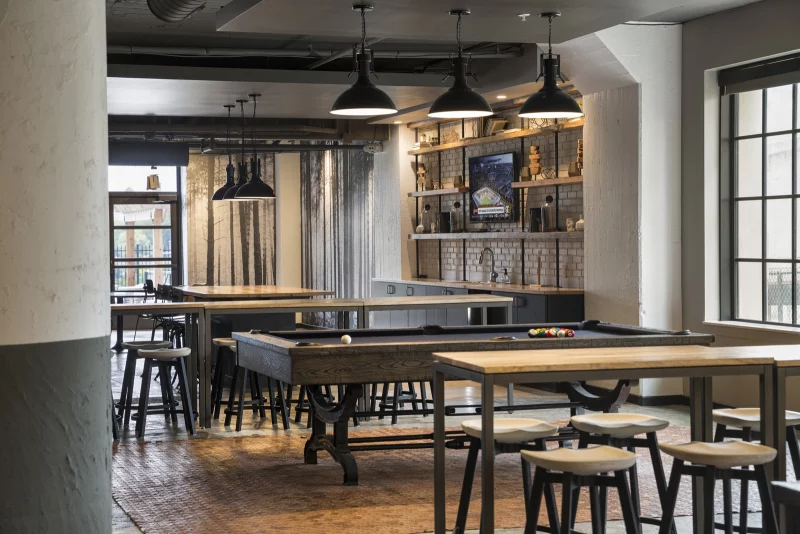
Another responsible design choice is using vegan leather. This material is becoming incredibly popular, and it is just one example of plant-based materials being used in the design world.
On the other hand, technology can help with sustainability through offerings for your living room like digital frames or “smart art.” Having technology that offers multi-use makes for smart uses of space and resources. Think TV by night, art by day.
